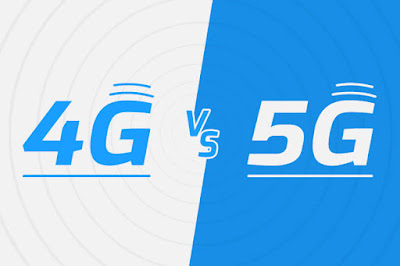So far, with technologies like 4G, we have mostly imagined connectivity as human-to-human, or human to the internet. But, with 5G, that will no longer be enough. The next natural evolution of connectivity is to not only connect everyday machines and devices to humans but machines to other machines. In fact, the entire promise behind 5G lies in connecting our entire environment with each other! With the number of connected devices globally set to triple by 2030 to 25.4 billion, terms like Internet of Things (IoT), Virtual Reality (VR), and Artificial Intelligence will no longer be just fanciful connotations of what will happen in the future. All these amazing experiences will be unlocked on the back of 5G.
According to 3GPP (3rd Generation Partnership Project), 5G delivers value by enhancing three major applications :
1. Enhanced mobile broadband (EMBB) – Faster data rates, wider network coverage areas, enhanced ultra-HD video streaming
2. Ultrareliable, low latency communication (URLLC) – Increased communication speed and quality in critical functions such as robots and drones.

1 Comments
Test
ReplyDelete